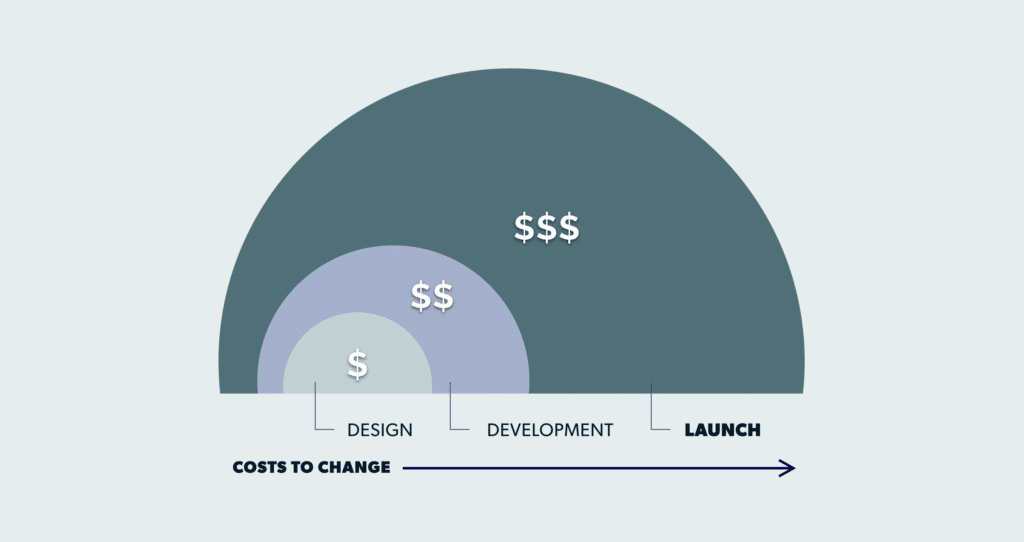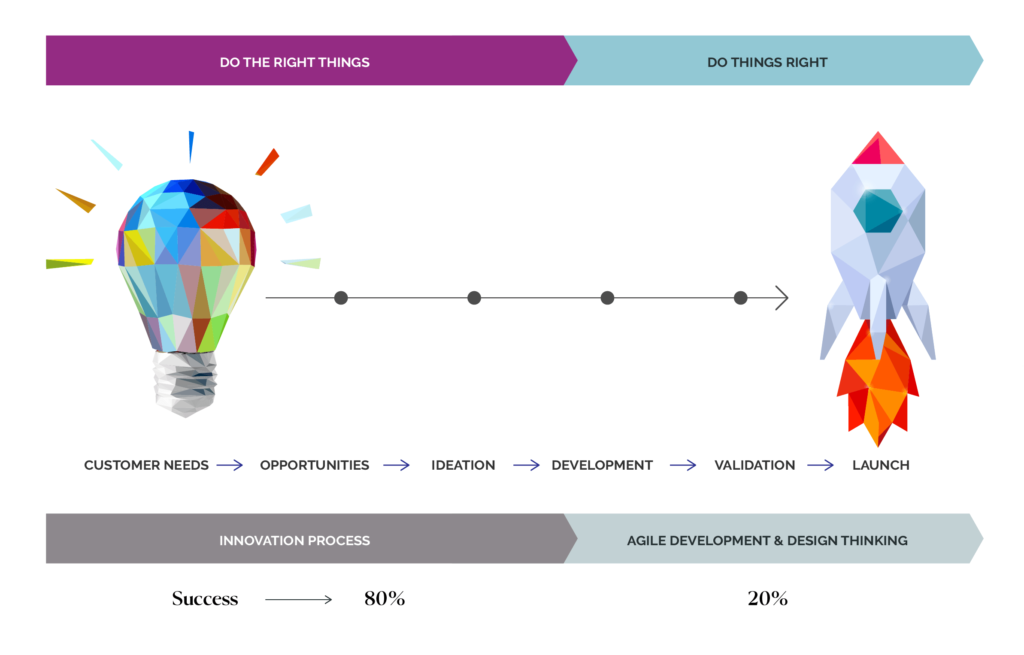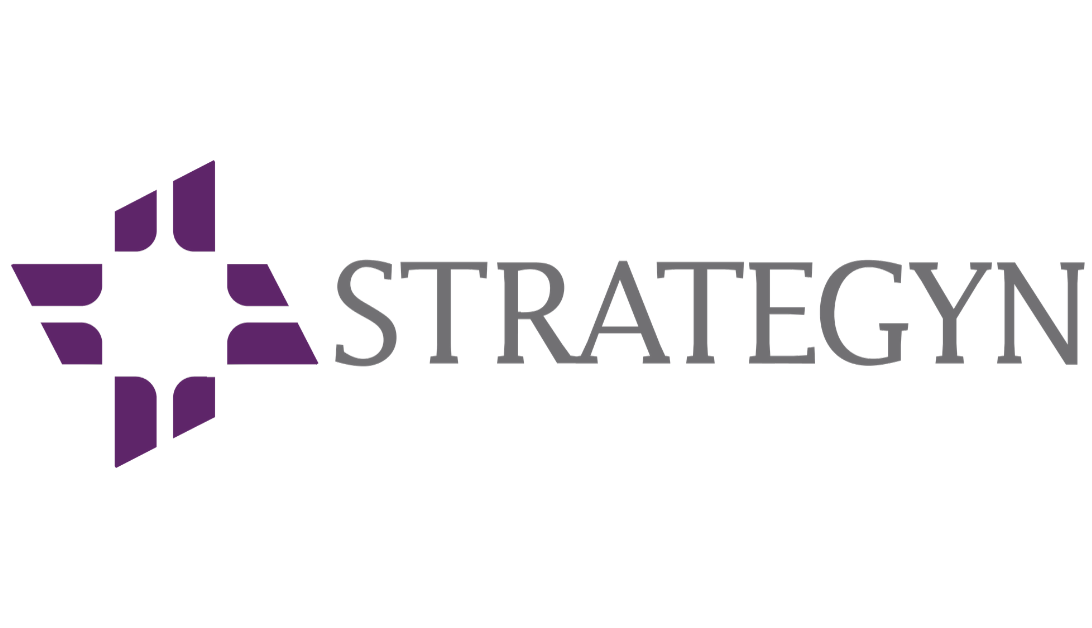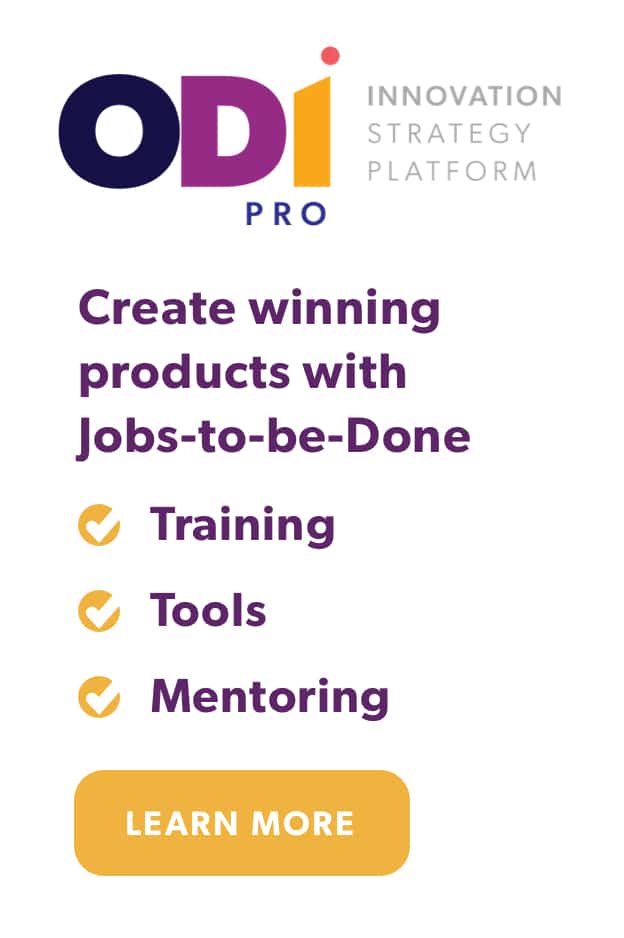Earlier in my career, I joined a company as part of a new leadership team that would restart a failing startup. We picked a unique market opportunity to pursue, and, by hell or high water, we were going to succeed.
Our head of development let three-quarters of the development team go. We killed all other development projects and focused like a laser on this single market opportunity.
Twelve months later, we launched a new product to address the market need.
And we went public in just over 24 months.
It is amazing what clarity of purpose can do.
But what does this have to do with development budgets and spending? Many companies suffer because they lack clarity and focus. The average failure rate for new products hovers around 75% to 90%. If three-quarters of new products fail, then a massive amount of product development resources is being wasted.
In fact, fixing a product after launch can cost 100X more than getting it right the first time.

Corporate leadership is well aware of the innovation problem. While 80% of executives say innovation is one of their top three priorities, only 10% of CEOs are satisfied with their innovation performance.
So, why are so many products still failing? And what’s the alternative?
Let’s explore.
Why do companies have such high innovation failure rates?
Outside of poor pricing, there are only 2 reasons a product fails:
- Your product is not meeting an unmet customer need
- Your product is designed poorly
A poorly designed product may still help a customer meet an unmet need to some degree and will therefore see some market success (customers will buy it because it’s the best option). This means the primary reason products fail is because they are not meeting an unmet customer need.
McKinsey suggests that product failure rates are the result of a resource allocation problem — but resource allocation is just a symptom. The root cause of the problem is that most businesses don’t have a high functioning, front-end process for identifying and selecting the best opportunities to pursue.
If they did, resource allocation would be easy (just invest in your top priorities).
Instead, most companies are drowning in ideas, but are starving to understand which ideas will be successful (i.e. addresses a significant opportunity in the market).
The result is that most businesses overspend downstream, failing fast to figure out their best options. Because they have no confidence that they’re building the right products, they’re spreading their resources thin across too many projects — most of which will never see the light of day.
This theory has been validated through conversations with our clients. Over the past 30 years of innovation consulting, not a single client has told us they are suffering due to a lack of ideas.
Need more evidence that high innovation failure rates is an opportunity selection problem? Let’s look at the symptoms of an underperforming front-end opportunity selection process:
- More projects in the development pipeline than can be completed in a reasonable timeline
- Slowness in getting new products/services out the door
- Lack of confidence on which projects in the pipeline have the highest likelihood of success
- Low number of new offerings that meet revenue targets
- Poor balance in a company’s innovation portfolio (mostly focused on incremental growth with very few medium- or long-term innovation opportunities)
- Chronically starved for development resources
Sound familiar? If your firm suffers from some (or all!) of these issues, you need to build up your front-end opportunity selection capabilities.
How to increase innovation success rates
If the primary reason products fail is because they are not meeting an unmet customer need, then the biggest opportunity to succeed is picking the right customer needs to address with your product.
If you can increase the fidelity of these front-end decisions, you can allocate your resources to the innovations that are most likely to win in the market. Companies should therefore invest more of their time and resources at the start of the innovation process, ensuring they have an accurate needs assessment to properly inform downstream efforts.

Take P&G as an example.
In the early 2000s, P&G’s innovation success rate was only about 15% (according to HBR). They were able to show some minor improvements in their success rate through back-end optimizations like streamlining their product development process. This allowed them to push products through the pipeline faster.
But the real gains only came when they focused on the front end — selecting WHERE to play.
We see this with our customers on a daily basis.
Our application of JTBD Theory, called Outcome-Driven Innovation, points to the opportunities that clients should pursue. This allows them to pick winning ideas that address those opportunities — and kill things in development that will not.
For example, five years ago, we did a project for a major financial services firm on the job of consumers managing cash flow. The research showed that one of their biggest opportunities was to better serve customers looking to minimize the likelihood of forgetting to cancel a service that they are no longer using.
The company had a new personal assistant technology they didn’t really know what to do with. But once they saw the high opportunity score on this unmet need, the team quickly aligned the resources around the further development of the digital assistant to address it (and several others). They revised their digital assistant solution, brought it to market quickly, and created high impact messaging to promote it.
Funding the front-end of innovation
Don’t worry, there is good news — you have money to fix this.
It might not seem like it at the moment, but your funding is right there in your development budget. If 75% of your product development efforts will not produce growth at the levels you need, then you have plenty of budget that can be reallocated to different opportunities.
Let’s say you believe that the 75% product failure rate is high.
Pick another number — 50%, 40%, or even 25%. Virtually any percent you choose will represent enough investment dollars to increase the fidelity of your front-end opportunity identification and selection efforts.
Reallocating these dollars to the front end of the innovation process will improve your likelihood of product success by 5X (our research has proven it).
A final word on development spending
The old axiom in real estate is you make money when you buy. Buying the right property pays off in the longer term. The same holds true for innovation. You make money by selecting the right opportunities.
Right now, you’re probably trying to validate too many products, wasting money downstream on failing fast. But once you pick the right opportunities, design is easy.
Invest in your upstream opportunity research to optimize your resource allocation — and launch 5X more winning products.



